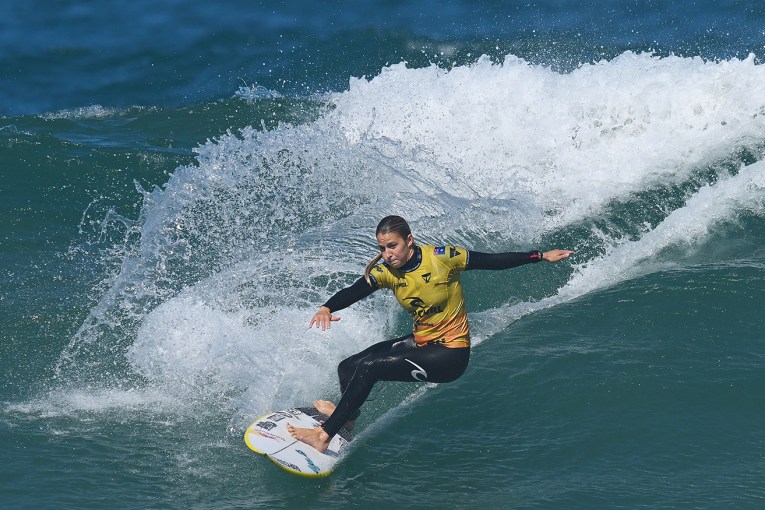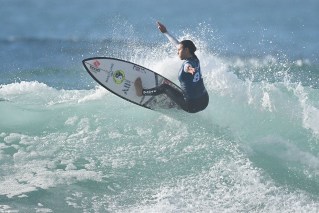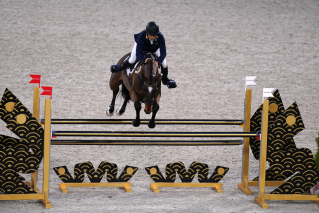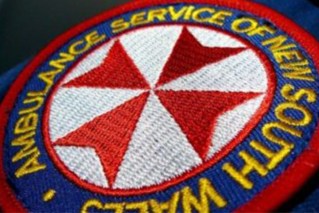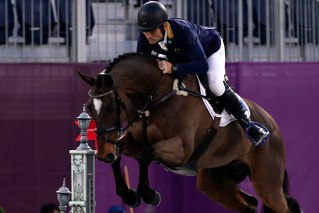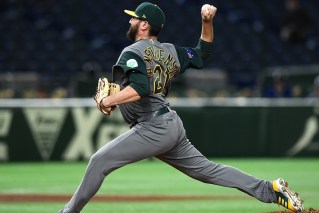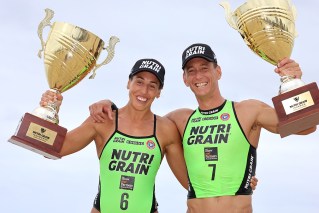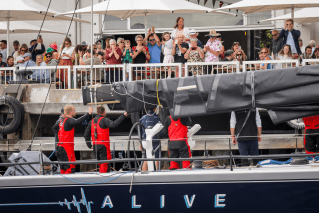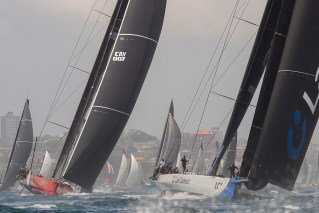The Aussie’s guide to the Sochi Winter Olympics
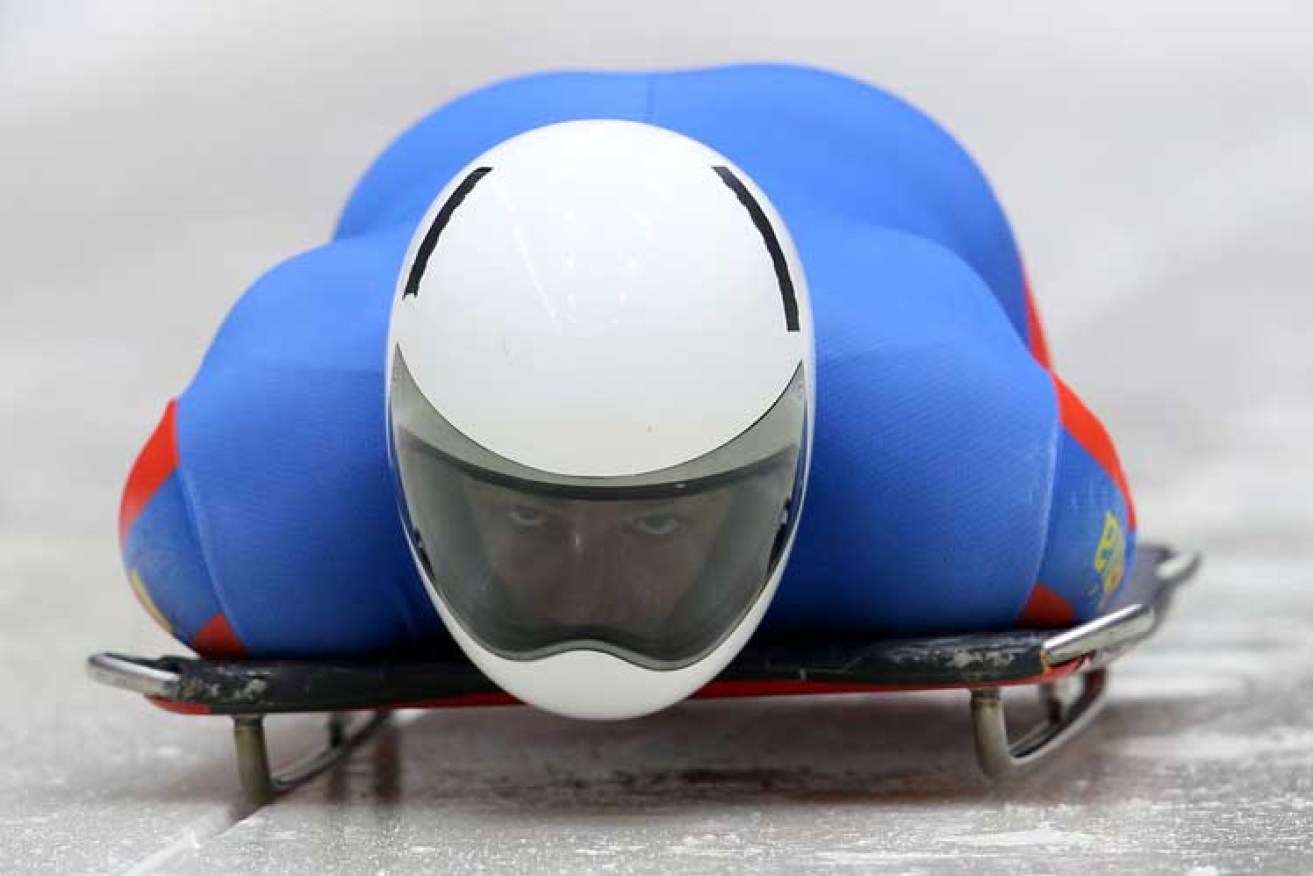
Getty
Curse you Bradbury. And you golden girls Camplin, Lassila and Bright. And even you, Mister Mysterious from Canada and the Caymans, Dale Begg-Smith.
If it wasn’t for you all winning gold, Australians would be blissfully unaware of the Winter Games and could go about their business preparing for the start of the AFL, NRL or Super Rugby seasons.
Instead, terms like ‘half-pipe’, ‘double axel’ and ‘burned stone’ are about to enter the daily lexicon of sport.
In addition, Australia now thinks it’s a Winter Games powerhouse, sending its biggest team ever – 60 members – to Sochi by the Sea. There will be comprehensive coverage on Network Ten, and Lassila, Bright and Begg-Smith are back for another crack at the podium.
But are you, the average sun-worshipping Aussie sports fan, ready for the Winter Olympics? Do you know the difference between the biathlon and the skeleton? Do you think Alberto Tomba was an Italian chef or a triple gold medal-winning skier?
Well, listen up. I have Winter Olympics credibility. I was born in a cold weather state – Connecticut – and spent my early years careening down hills on a Flexible Flyer sled. I’ve also been hit in the face with a hockey puck, I’ve snowboarded (poorly) in Utah and stood at the top of the Olympic ski jump in Innsbruck. As a tourist. In the summer.
Does that work for you? If so, here’s my guide to the various Winter Olympic sports and how they work.
Alpine Skiing
Alpine skiing is the “normal” skiing like you do at Buller or Perisher, or you might see in the credits of a Bond film. There are five disciplines in Olympic alpine skiing: 1) Downhill, which is the ultra-fast, get-the-hell out-of-the-way rock star event; 2) Super G, which is also a speed event with gates farther apart than; 3) Downhill Slalom, a technical, rather than speed event, where skiers make their way through marked gates and are scored over two runs; 4) Giant Slalom, which is like the Slalom but longer; and 5) Combined, which yes, combines Downhill and Slalom.
What to say: “It’s a bummer that Lindsey Vonn won’t be able to ski at Sochi.”
What NOT to say: “It’s a bummer that Lindsey Vonn won’t be able to ski at Sochi because I really wanted to see Tiger Woods.”
Biathlon
Like strawberries and cream, or macaroni and cheese, nothing goes together like cross-country skiing and rifle shooting.
What to say: “It usually comes down to the Norwegians or the Germans.”
What NOT to say: “Well, historically the Norwegians are good at skiing and the Germans are good at firing guns.”

Norway’s Fanny Welestrand Horn takes aim. Photo: AFP
Bobsleigh (or Bobsled)
Come on, you can’t tell me you haven’t seen Cool Runnings? Men and women get into two or four-person sleds and careen down an icy track.
Fun fact: This has become the “retired athlete’s” sport with Jana Pittman on the Australian team and Lolo Jones on the US team.

The Australian women’s bobsled team. With bobsled. Photo: Getty
Cross Country (or Nordic) Skiing
A quintessential Winter Olympics sport, which includes men’s and women’s individual, team and pursuit events. Skis are longer and thinner than alpine skis, made for gliding across the snow.
It might be true: In many US states, if you’re a cross country skier, it is mandatory that you drive a Subaru or a Volvo.
Curling
Kinda like lawn bowls or shuffleboard on ice. Teams of four slide granite stones along a sheet of ice, while “sweepers” with brooms help control the stone’s speed and direction. Curling was the surprise hit of the Vancouver Games.
What to say: “Hey, get your broom in front of that stone.”
What NOT to say: “Hey, get stoned before you grab that broom.”
Figure Skating
This is the showpiece event in the United States, but not so much here in Australia. NBC pulls huge primetime ratings, particularly for the women’s competition, which has had some remarkable stories over the years, from the Tonya Harding/Nancy Kerrigan feud to Cold War hottie Katarina Witt.
Fun fact: Tonya Harding did community service work picking up trash across the street from my parents’ house in Camas, Washington.
Freestyle Skiing
This is the creative side of skiing, and includes Aerials, the event won by high-flying Alisa Camplin in 2002 and Lydia Lassila in 2010. Another traditional Freestyle event is Moguls, which essentially is skiing over bumps. Aussie-from-Canada Dale Begg-Smith won gold in the Moguls in 2006 and silver in 2010. Other events include Half-pipe, Ski Cross and Slopestyle.
What to say: “Can Lydia do it again?”
What NOT to say: “Does Dale Begg-Smith still make that malicious internet spyware?”

Dale Begg-Smith performing a virus scan on your hard drive. Photo: Getty
Ice Hockey: Formerly an amateurs-only event, the ice hockey tournament has been chock full of National Hockey League stars since Nagano 1998. In the non-professional era, the Soviet Union dominated, winning four consecutive golds from 1964 to 1976, only derailed by the famous “Miracle On Ice” loss to the USA in 1980. The women’s tournament has been played since 1998.
What to say: “How great is it to see Crosby, Ovechkin and Alfredsson play for their countries?”
What NOT to say: “I prefer my hockey played on Astro-Turf by men in singlets.”
Luge
Competitors get on one or two person sleds and ride face up/feet first down an icy track. There are men’s singles and women’s singles, as well as doubles, which are almost always two men, but can actually be two women or a mixed team.
Fun fact: George Hackl is known as the “King of the Luge.” The Austrian won gold in 1992, 1994 and 1998, and silver in 1998 and 2002. He was the first luger to win gold at three consecutive Olympiads in the same event.

Indian luger Shiva Keshavan lying down on the job. Photo: AFP
Nordic Combined: How about those wacky Nordic nations, combining cross country skiing and ski jumping? There are individual and team events.
What to say: “We may never see another Ulrich Wehling.”
What not to say: “I prefer the Naked Combined.”
Short Track Speed Skating
As much demolition derby as speed skating. Competitors battle fiercely for space on the short (as the name implies) icy track. It’s not about time, it’s about beating your opponent, and there are frequent protests and appeals as a result of numerous accidents.
Fun fact: Steven Bradbury was the first Australian to win an Olympic gold medal at the Winter Games.
Skeleton
Similar to the Luge, but even more insane. Competitors go downhill face first on their stomachs.
Fun fact: No truth to the rumour that the Skeleton got its name because of all the broken bones incurred by competitors. It’s because early sleds had a skeletal look about them.

Maria Marinela Mazilu auditions for a part in Death Wish VI. Photo: Getty
Ski Jumping: Possibly the most riveting of Winter Olympic sports, with competitors flying through the air off a huge ramp. Heroes often emerge from the hill, whether it’s legendary leaper Matti Nykanen of Finland or English goofball “Eddie the Eagle” Edwards.
It might be true: By law, any great Finnish ski jumper has to be referred to as “The Flying Finn”.
Snowboard
Started in 1998 as an attempt to keep the Olympics relevant with “the kids”. Events include Men’s and Women’s Half-pipe, Parallel Slalom, Giant Parallel Slalom, Snowboard Cross and Slopestyle. Torah Bright won gold for Australia in 2010 in the women’s Half-pipe.
Warning: Unless you have X-Games announcing experience or teach snowboarding, do not attempt to use the lingo. Nothing says “dork” faster than a middle-aged guy going, “Dude, that was some rad and gnarly shredding.”

Australia’s most handsome Winter Olympian? Snowboarder Alex ‘Chumpy’ Pullin. Photo: Getty
Speed Skating
One of the glamour events of the Games, there are Men’s, Women’s and team pursuit events.
Fun fact: The legendary Eric Heiden won every individual speed skating race (five gold medals) at the 1980 Games. More impressively, he had a 32-inch waist and 27-inch thighs.
Ed Wyatt writes for Back Page Lead
